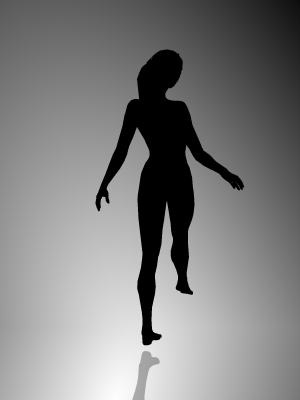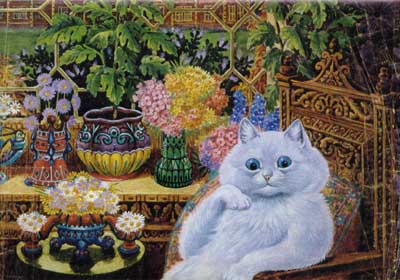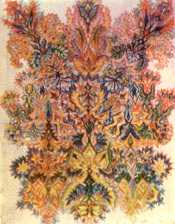For my last event blog post, I visited the Griffith
Observatory with a few friends. I have been there a few times before, and I
thought it would be a great place to find a mixture of art and science,
particularly art and space science, as discussed in the last lecture.
 |
| Figure 1. The entrance to Griffith Observatory. |
While there are many amazing exhibits at the Observatory
that show the topics of this course, I would like to focus on the pendulum for
the purposes of this post. The Foucault Pendulum is one of the first things you
see when you walk into the building. It is “one of the largest such devices in
the world,” and contains a 240-pound bronze ball suspended by a 40-foot long
cable (Griffith). The cable is mounted to the ceiling using a bearing that
allows the cable to rotate freely. This means that the pendulum continuously
swings in the same direction, while the Earth turns beneath it. To demonstrate
this slow rotation of the Earth, the exhibit has several pegs set up along one
side, which are sequentially knocked down as the Earth rotates.
 |
| Figure 2. The Foucault Pendulum at Griffith. Photo credit: http://www.griffithobservatory.org/exhibits/centralrotunda_foucaultpendulum.html (because all of the pictures I tried to take of the pendulum did not come out). |
To me, this is the COOLEST thing at the Observatory. It is a
brilliant way to show something that is normally outside of our usual reference
frame (aside from observing the movement of the sun) in a way that we can
easily see. It was amazing to look at the pendulum on our way into the
building, and then on the way out, see that more pegs have been knocked down.
We stood around it and watched for a time, urging the ball to knock down more
pegs, even though we knew that it all just depended on time.
 |
| Figure 3. Me and my crazy friends looking at the sun dial outside of Griffith. |
Works Cited
"Foucault Pendulum." Griffith Observatory. Web. 7
June 2015.
"Foucault Pendulum in the Griffith Observatory Rotunda
| Southern California Daily Photo." Southern California Daily Photo. 22 Feb.
2013. Web. 7 June 2015.
"Griffith Observatory." Official Site: Los
Angeles, CA. Web. 7 June 2015.
"Griffith Observatory." Wikipedia. Wikimedia
Foundation. Web. 7 June 2015.
"Pendulum." Wikipedia. Wikimedia Foundation. Web.
7 June 2015.


















